Wuzhou's gem industry honed by time
By Li Yang (China Daily) Updated: 2014-02-18 07:16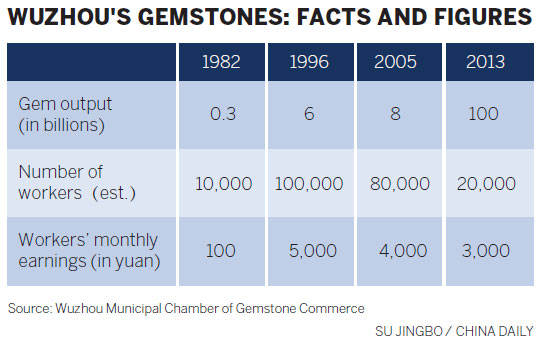
Turning point
In 2005, Wuzhou produced 8 billion artificial gemstones, accounting for 40 percent of the world's total. But the profit margin plunged soon after. The cost of polishing a 0.5-millimeter artificial diamond fell from 0.11 yuan in 1990s to 0.03 yuan in 2005. With new automatic equipment, the price now stands at about 0.01 yuan.
|
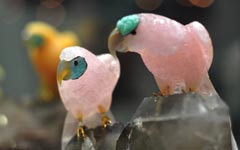 |
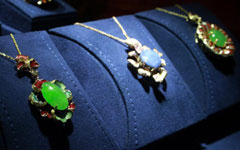 |
In 2011, Chen Bingzhong, a professor of mechanical forging at Wuzhou College, invented the machine, which achieved a tenfold increase in production efficiency.
With the advent of the machine, a single worker's daily output rose from 100 stones to about 900. In addition, the standard 57-facet gemstones polished by the machine reflected greater accuracy in terms of size and refraction index.
The number of workers in the industry declined to one-fifth of its record high even as annual gemstone output of the city skyrocketed to 100 billion. Yet the overall production value remained at 3 billion yuan, the same level as in 2005.
Wuzhou is now the world's largest wholesale market of synthetic gemstones.
"The technology advancement and renminbi's 35 percent appreciation against the US dollar since 2005 has made the profit margin so meager that I have had to resort to the online trade to save marketing costs," said businesswoman Meng.
Today, Wuzhou has 1,000 family workshops, 150 processing enterprises, 10 raw materials suppliers and 30 equipment makers.
After the synthetic gemstone industry disappeared in Hong Kong and Taiwan in the 1980s and in Guangdong in 1990s, Thailand and India also saw their traditional local industries quickly shrinking.
Palsani Laxman, a buyer from Jaipur, India, said: "We need not check the quality of a Wuzhou gemstone. Their production level and efficiency is much higher than the other producers."
"Since Wuzhou's equipment is now the most advanced, Wuzhou is the main supplier of cubic zirconia for many famous brands, such as Swarovski from Austria," said Liang Sujia, a gemstone businessman in Wuzhou since the 1980s.
|
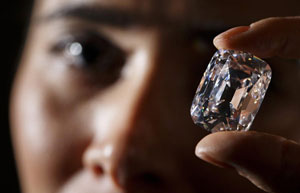 |
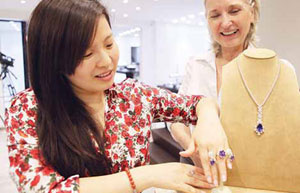 |
- NHTSA says finds no 'defect trend' in Tesla Model S sedans
- WTO rare earth ruling is unfair
- Amway says 2014 China sales may grow 8%
- President Xi in Europe: Forging deals, boosting business
- CNOOC releases 2013 sustainability report
- Local production by Chery Jaguar Land Rover this year
- Car lovers test their need for speed in BMW Mission 3
- China stocks close mixed Monday

















